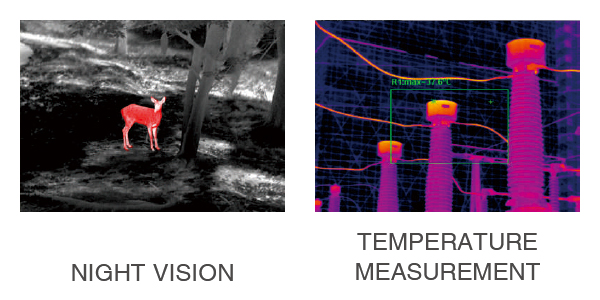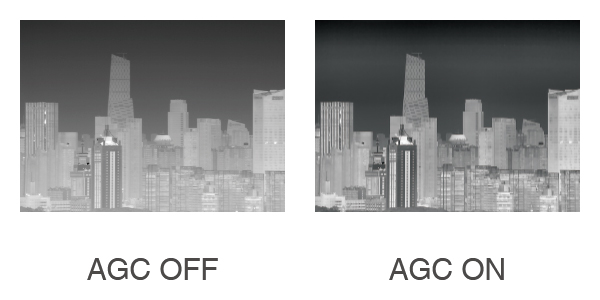Thermal imaging technology converts invisible infrared radiation into visible thermal images and displays the temperature distribution of the target surface. It is a passive, non-contact detection and identification technology with basic functions of night vision and temperature measurement.

With its unique advantages of all-day & all-weather work, good concealment and strong anti-interference ability, thermal imaging system has been widely used in reconnaissance and early warning, public safety, industrial inspection, night vision, autonomous driving, consumer electronics etc.
However, due to inherent defects of thermal imaging system and the influence of external complex environments, infrared images have some disadvantages such as low contrast, blurred edge details, low signal-to-noise ratio, and poor visual effects compared with visible images. It has a great impact on subsequent feature extraction, detection and recognition, and target tracking. In practical applications, in order to make better use of infrared imaging technology, the obtained infrared images need to be processed to make them more suitable for human observation.
Global Sensor Technology (GST) is the world leading infrared detector sensor, thermal camera module manufacturer and solution provider. We are willing to provide high-performance uncooled, cooled infrared products and share professional application experience to global customers, hoping that they can quickly integrate their own thermal camera products, shorten project time cycle and save costs.
Based on GST thermal camera module, we provide a variety of advanced image processing algorithms: NUC/AGC/DRC/IDE/EE/3DNR/2DNR. Let’s see the thermal image with corresponding processing algorithm.
Non-uniformity Correction (NUC)
Adjust for minor detector drift that occurs as the scene and environment change and effectively eliminate bad pixels

Auto Gain Control (AGC)
Dynamic Range Compression (DRC)
A form of amplification that boosts the signal to compensate for the lack of light so that the image displayed will be clearer.

Image Detail Enhancement (IDE)
Edge Enhancement (EE)
The outline and details are clearer, which is helpful for the human eye to distinguish information

3D Noise Reduction (3DNR)
2D Noise Reduction (2DNR)
Effectively eliminate noise and enhance image quality




